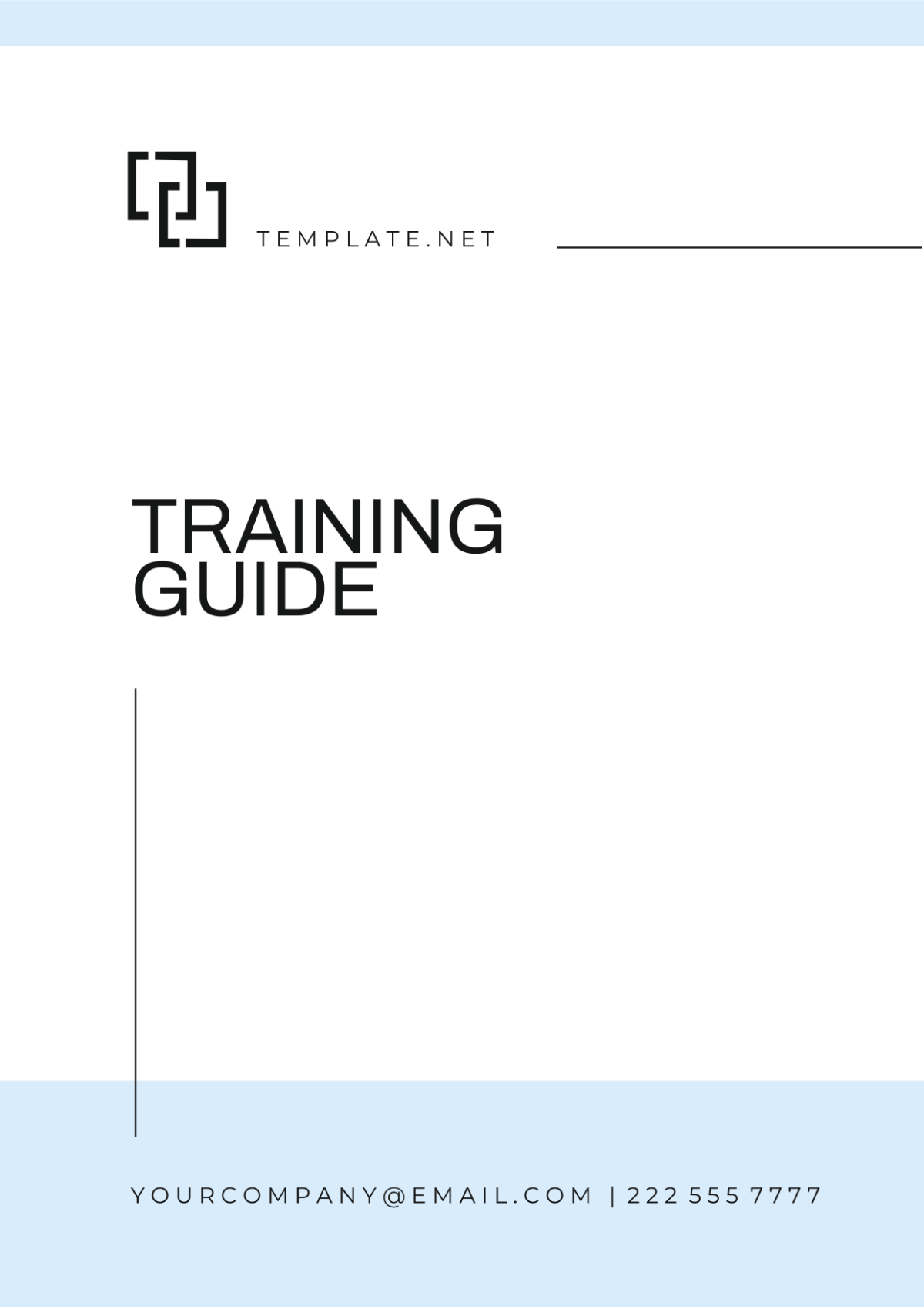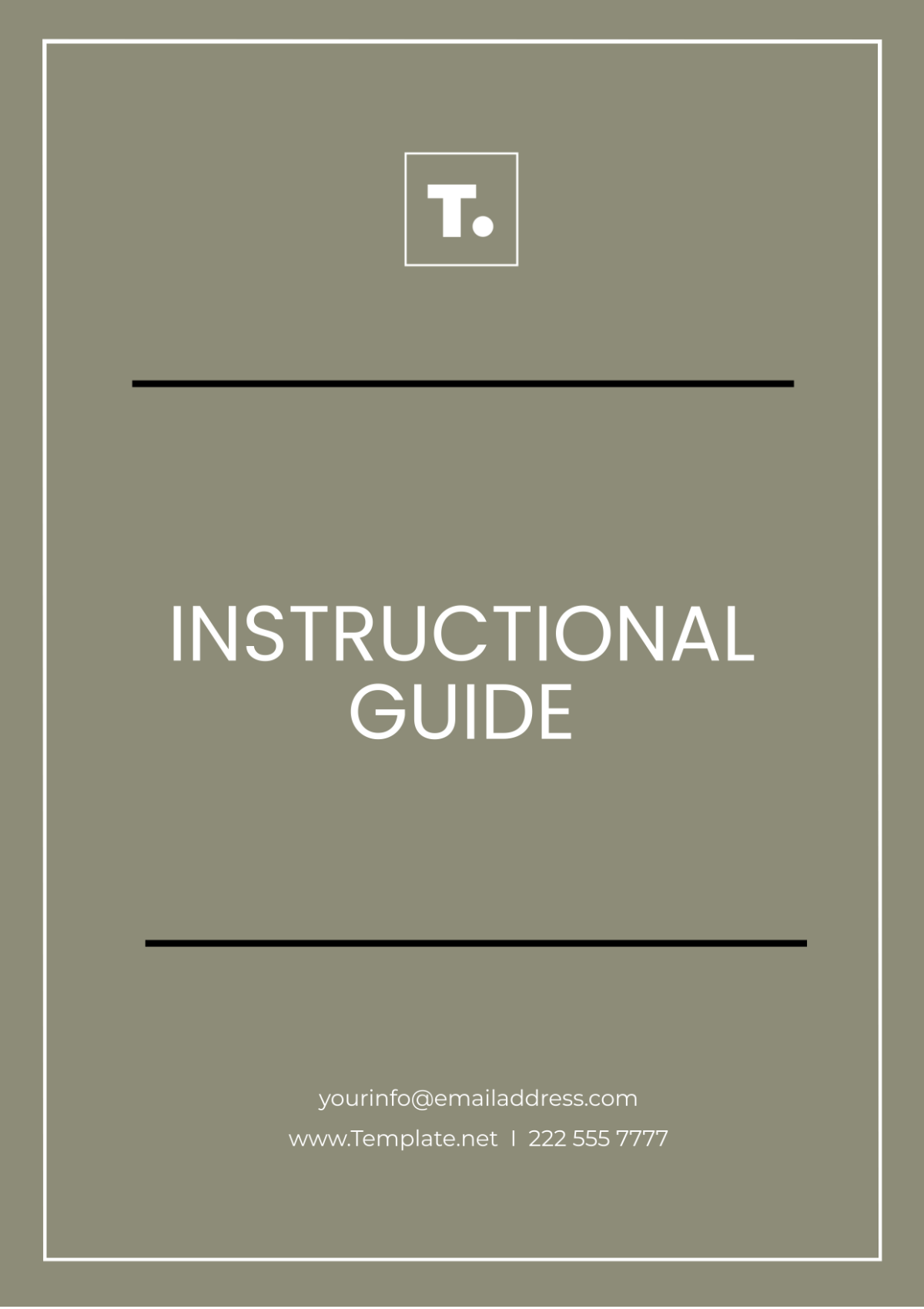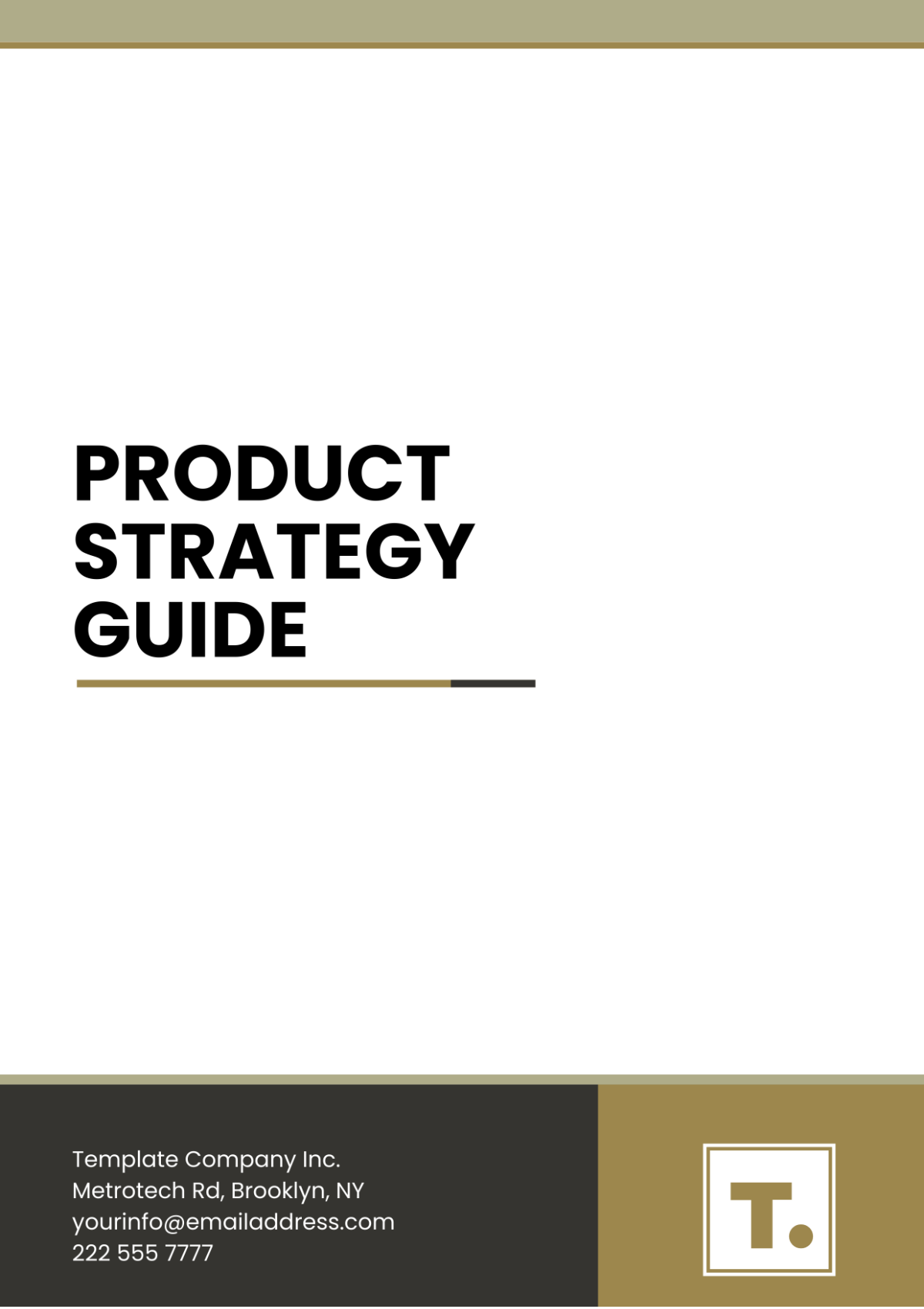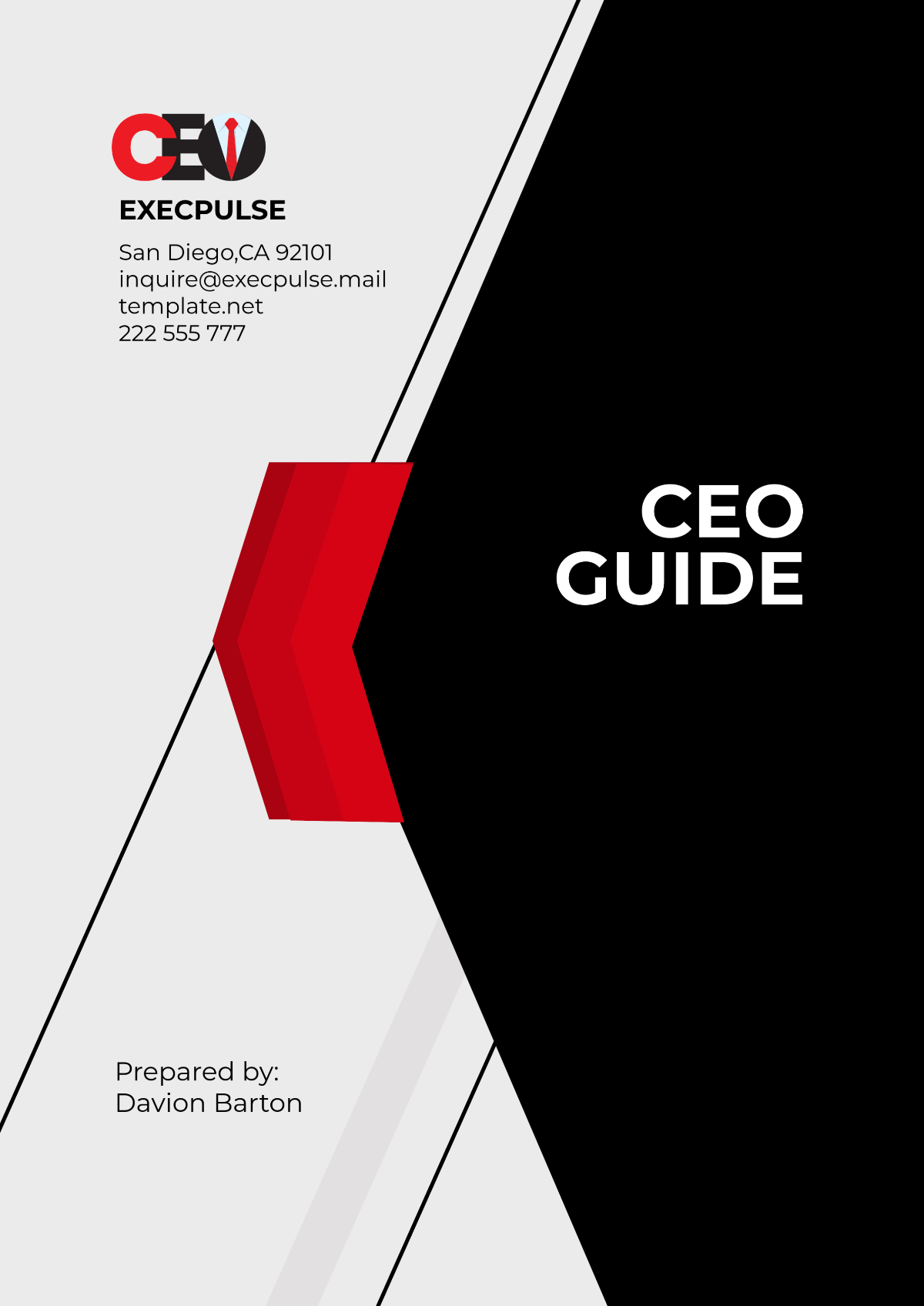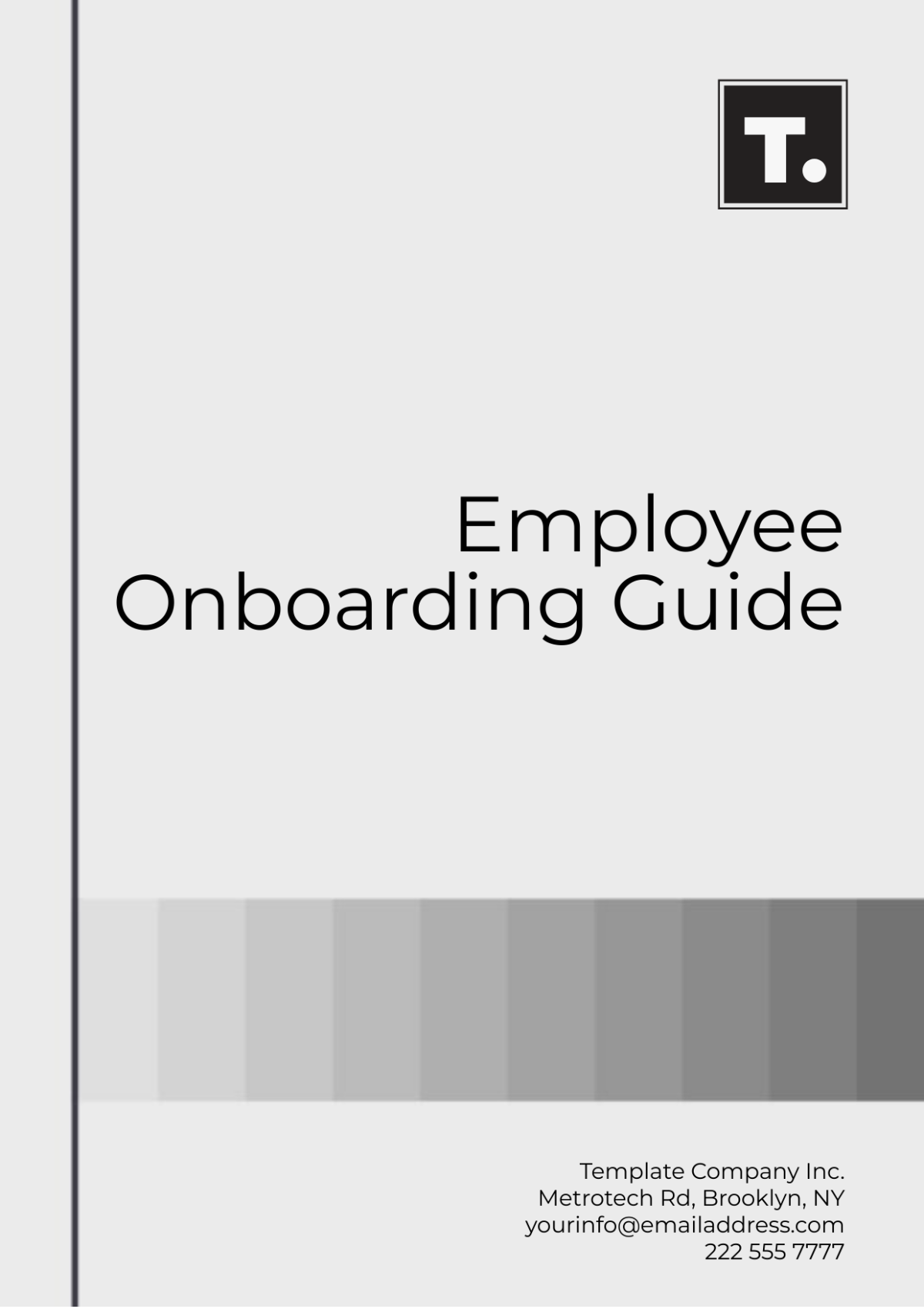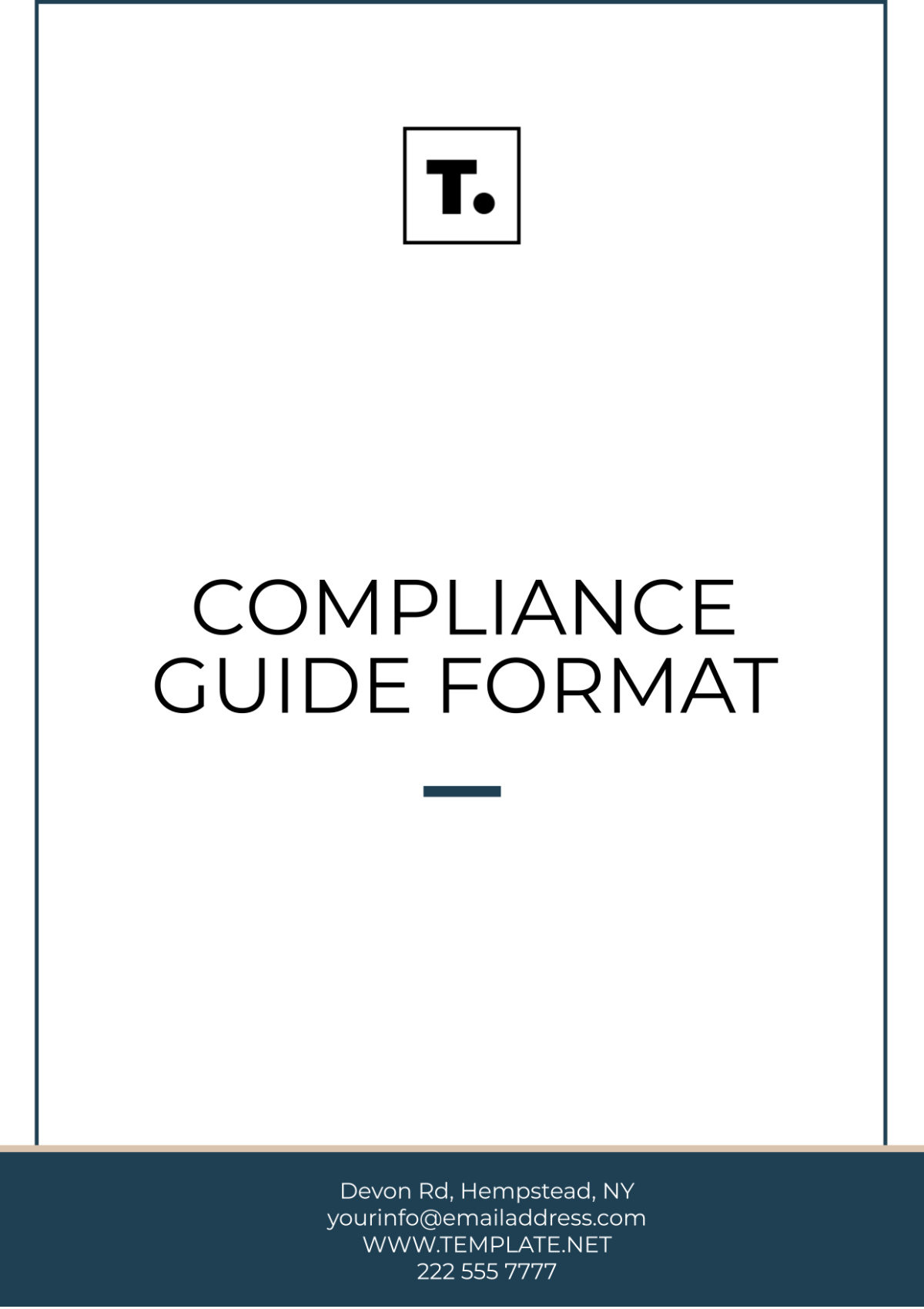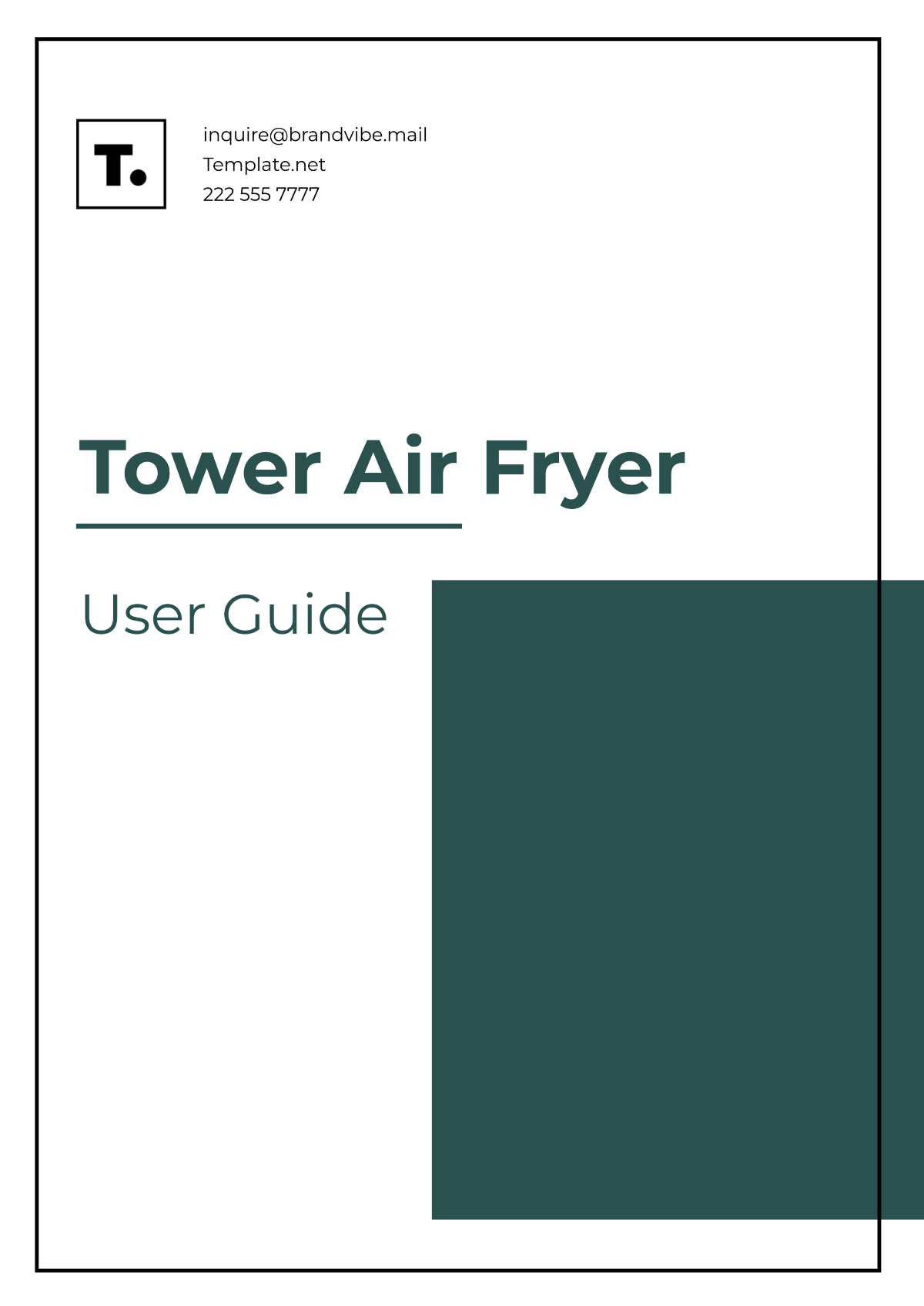Law Firm Case Management Guide
I. Introduction
Welcome to the Law Firm Case Management Guide, a comprehensive tool created to streamline the handling of legal cases at [Your Company Name]. This guide is essential for fostering a culture of efficiency, precision, and accountability within our team. By integrating advanced technology and collaboration tools, we ensure that every case is managed with the highest level of professional care, from initiation through to a successful resolution.
Our objective is to equip [Your Company Name] with robust methodologies that enhance our workflow management. This guide outlines standard procedures for case intake, document management, and client communication, ensuring that all team members adhere to the same high standards. By doing so, we minimize errors and maximize the quality of our legal services, reinforcing our firm’s reputation for excellence and client satisfaction.
Moreover, this guide emphasizes the importance of continual learning and adaptation in our practice. We integrate the latest legal technologies and innovative management practices to stay ahead of the curve. Regular updates to this guide will reflect evolving best practices and legal requirements, ensuring that [Your Company Name] remains at the forefront of the legal industry. This proactive approach to case management is crucial for maintaining the effectiveness and efficiency of our services in a competitive landscape.
II. Organizing Case Files
Organizing case files efficiently is fundamental to enhancing productivity and ensuring the security of sensitive information at [Your Company Name]. This section outlines our systematic approach to file management, which supports swift access and retrieval of case-related documents, crucial for maintaining the integrity and continuity of legal work.
Digital Transformation: Transition all paper documents to digital formats. Utilize centralized case management software to store and manage these files systematically.
Naming Conventions: Adopt a uniform naming system for all files and folders to ensure consistency and prevent misplacement. This system should be intuitive and followed by all team members.
Document Scanning: Scan and digitize physical documents immediately upon receipt. Link these digital copies to their corresponding files in our case management system to create a seamless digital trail.
File Updates: Keep digital files up-to-date with the latest information and case developments. Regular reviews should be scheduled to ensure accuracy and completeness of the case files.
Access Control: Implement strict access controls and authentication measures to protect sensitive case information from unauthorized access. Define access levels based on roles and responsibilities within the firm to maintain data security.
III. Tracking Deadlines and Key Dates
Efficiently managing deadlines and key dates is imperative for maintaining compliance and preparedness in legal proceedings at [Your Company Name]. This section introduces a structured approach to tracking crucial milestones, assigning responsibilities, and ensuring timely action to meet all deadlines and obligations.
Task | Deadline | Responsible Person |
|---|---|---|
Filing of initial paperwork | Within 30 days of case acceptance | Case Manager |
Completion of discovery | 90 days before trial | Lead Attorney |
Submission of trial documents | 30 days before trial | Paralegal |
Client update meetings | Bi-weekly | Client Relations Manager |
Review of case strategy | Every 60 days | Senior Partner |
IV. Client Communication Protocols
Clear and consistent communication with clients is vital for fostering trust and transparency throughout legal proceedings at [Your Company Name]. This section outlines structured protocols for client communication, ensuring timely updates, secure channels, and comprehensive documentation of all interactions.
Protocol | Details |
|---|---|
Regular Client Updates | Establish predefined intervals for client updates based on case progress. |
Secure Communication Channels | Utilize encrypted channels for all sensitive communications to safeguard client confidentiality. |
Log of Communications | Maintain a detailed log of all client communications within the case management system. |
Initial Meeting Expectations | Clearly define communication protocols during the initial client meeting to manage expectations effectively. |
Timely Response to Queries | Commit to addressing all client queries within one business day to demonstrate responsiveness and attentiveness. |
By adhering to these protocols, we ensure that our clients remain informed, engaged, and confident in our services, enhancing overall satisfaction and strengthening our professional relationships.
V. Integrating Technology in Case Management
Integrating cutting-edge technology is pivotal to optimizing case management efficiency at [Your Company Name]. This section highlights our strategic approach to leveraging advanced tools and software tailored to our firm's specific requirements, enhancing productivity and client service quality.
Technology Integration | Details |
|---|---|
Leading Case Management Software | Implement a robust case management software customized to meet the unique needs of [Your Company Name]. |
Automated Document Generation | Utilize tools for automating document creation and billing processes to streamline workflow efficiency. |
Predictive Analytics | Apply analytics to forecast case outcomes and allocate resources effectively for optimal results. |
Secure Cloud Storage | Utilize secure cloud storage solutions to facilitate remote access to case files for authorized personnel. |
Ongoing Training | Conduct regular training sessions for the legal team to familiarize them with new tech tools and updates. |
By embracing technology in these key areas, we empower our team to work more efficiently, make data-driven decisions, and deliver exceptional legal services that meet the evolving needs of our clients.
VI. Roles and Responsibilities
Establishing clear roles and responsibilities within the legal team is essential for fostering accountability and promoting collaboration at [Your Company Name]. This section outlines a structured framework for defining and aligning roles to optimize team performance and ensure seamless case management.
Role | Responsibilities |
|---|---|
Case Managers | Coordinate case logistics, oversee workflow management, and act as the primary point of contact for clients. |
Attorneys | Provide legal counsel, strategize case approach, and represent clients in court proceedings. |
Paralegals | Assist attorneys with legal research, drafting documents, and organizing case materials. |
Administrative Staff | Handle administrative tasks, manage schedules, and provide support to the legal team as needed. |
Additionally, regular review meetings are conducted to ensure alignment with tasks and responsibilities. Team-based problem-solving sessions encourage collaboration and innovation, fostering a dynamic work environment. Furthermore, a feedback mechanism allows for internal assessment and continuous improvement of case management practices, ensuring the highest standards of service delivery.
VII. Risk Management and Compliance
Mitigating risks and ensuring compliance are crucial elements in safeguarding the interests of both our clients and the firm. This section outlines comprehensive strategies for conducting risk assessments, implementing compliance protocols, and fostering a culture of risk awareness and adherence to legal standards within our organization.
Action | Details |
|---|---|
Conduct Thorough Risk Assessments | Perform detailed risk assessments at the outset of each case to identify potential legal, financial, and reputational risks. |
Implement Robust Compliance Protocols | Enforce stringent compliance protocols to align with industry regulations, ethical standards, and client confidentiality requirements. |
Regularly Review and Update Policies | Continuously review and update risk management policies to remain adaptive to evolving legal landscapes and mitigate emerging threats effectively. |
Provide Ongoing Training and Education | Offer regular training sessions and educational programs to staff members to cultivate a culture of risk awareness and compliance throughout the firm. |
By adhering to these protocols, we ensure that our firm operates with integrity, transparency, and accountability, thereby enhancing client trust and reinforcing our commitment to excellence in legal practice.
VIII. Quality Assurance and Client Satisfaction
At the core of our firm's success lies a commitment to maintaining the highest standards of quality assurance and ensuring unparalleled client satisfaction. This section delineates our structured approach to implementing quality control measures, soliciting client feedback, monitoring performance metrics, and fostering a client-centric culture within our organization.
Action | Details |
|---|---|
Establish Quality Control Measures | Institute rigorous quality control measures to meticulously review the accuracy and completeness of legal documents, ensuring strict compliance with relevant laws and regulations. |
Solicit Client Feedback | Actively seek feedback from clients through satisfaction surveys and reviews, providing valuable insights to continuously enhance service delivery and promptly address any concerns. |
Implement Performance Metrics | Deploy performance metrics to systematically monitor key performance indicators (KPIs) and track client satisfaction levels, enabling the identification of areas for improvement and optimization. |
Foster a Client-Centric Approach | Cultivate a client-centric culture within the firm by prioritizing responsiveness, transparency, and empathy in all client interactions, fostering strong relationships built on trust and mutual respect. |
By adhering to these principles, we ensure that our firm consistently delivers exceptional legal services, exceeding client expectations and reinforcing our reputation as a trusted partner in their legal journey.
IX. Conflict Resolution and Ethical Dilemmas
Resolving conflicts and navigating ethical dilemmas necessitate a principled and proactive stance. This segment articulates our methodical approach to developing protocols, establishing confidential reporting mechanisms, providing guidance and training, and fostering collaboration with external advisors to ensure adherence to ethical standards and effective conflict resolution within our firm.
Action | Details |
|---|---|
Develop Conflict Resolution Protocols | Formulate clear protocols for identifying and addressing conflicts of interest promptly and ethically, aligning with legal and professional standards to maintain integrity and compliance. |
Establish Confidential Reporting Mechanisms | Create a confidential reporting mechanism for staff members to confidentially raise ethical concerns or conflicts of interest, fostering a culture of transparency and accountability within the organization. |
Provide Guidance and Training | Offer comprehensive guidance and training on ethical decision-making and conflict resolution strategies to empower staff members with the necessary skills to navigate complex situations effectively and uphold ethical standards. |
Collaborate with External Advisors | Collaborate with external legal advisors or ethics committees to seek guidance and resolution for challenging ethical dilemmas beyond the firm's expertise, ensuring informed and principled decision-making. |
By adhering to these protocols, we demonstrate our unwavering commitment to upholding ethical principles, fostering a culture of transparency, and resolving conflicts in a fair and principled manner, thereby preserving the trust and integrity of our firm.
X. Continuous Improvement and Innovation
Embracing continuous improvement and innovation is imperative for maintaining a competitive edge in the dynamic legal industry. This section articulates our strategic approach to fostering innovation, establishing feedback mechanisms, investing in research and development, and conducting regular reviews to drive ongoing enhancement and optimization of our case management processes.
Action | Details |
|---|---|
Cultivate a Culture of Innovation | Foster a culture of innovation and creativity within the firm, empowering staff members to explore new ideas and technologies that enhance case management processes and drive operational excellence. |
Establish a Feedback Loop | Implement a formal feedback loop for staff members to submit suggestions for process improvements and innovations, fostering a sense of ownership, engagement, and continuous improvement throughout the organization. |
Invest in Research and Development | Allocate resources to research and development initiatives aimed at exploring emerging technologies and best practices in legal case management, ensuring our firm remains at the forefront of industry trends and innovation. |
Regularly Review and Evaluate Strategies | Conduct regular reviews and evaluations of case management strategies and technologies to assess effectiveness, identify areas for improvement, and make iterative enhancements to optimize performance and achieve superior client outcomes. |
By adhering to these principles, we cultivate an environment of innovation, collaboration, and continuous improvement, enabling us to adapt to evolving client needs, technological advancements, and industry trends while maintaining our position as a leader in the legal landscape.
This Law Firm Case Management Guide embodies the cornerstone of our commitment to excellence in legal practice, ensuring that every case is handled with the utmost professionalism and efficiency. It serves as a comprehensive framework, integrating seamless procedures and cutting-edge technologies to optimize case management processes. By adhering to the guidelines outlined in this guide, our team maintains the highest standards of legal service delivery, reinforcing our reputation as a leader in the legal industry.



